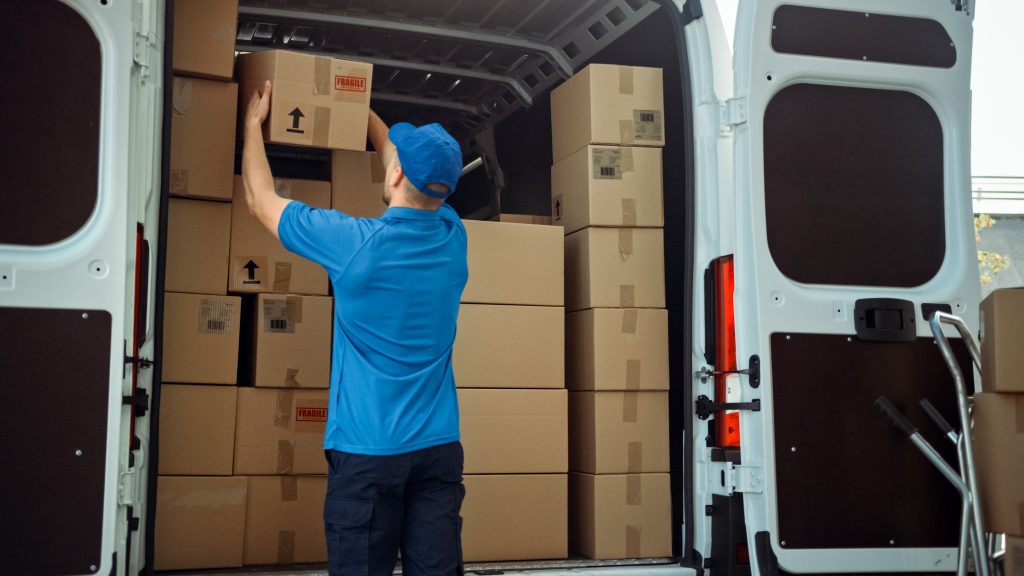It was for good reason that ‘unprecedented’ was named the People’s Choice ‘Word of the Year’ for 2020. In addition to the more serious societal impacts of the global Covid-19 pandemic, migration trends were upended and e-commerce sales boomed. In response, postal and parcel operators around the world found themselves having to grapple with record volume surges and unpredictable population dispersions, both of which placed enormous strain on delivery people and infrastructure.
Although these shifts may well have been unprecedented at the time, indicators suggest that there is unlikely to be any significant reversal to pre-Covid volumes, freight profiles and volume dispersions. This means that postal and parcel operators must now come to terms with the challenge of transforming their networks to cope with these ‘unprecedented’ demands as part of their business-as-usual operations.
The challenges
Most obvious among the impacts on postal and parcel operators during 2020 was the unparalleled surge in parcel volumes. Forced lockdowns, which removed the option to shop at bricks-and-mortar retailers for many consumers, and a substantial uptick in the amount of time people spent online, contributed to an estimated 15-30% growth in e-commerce volumes globally.
Covid-19 also precipitated drastic shifts in population dispersals, both within and across borders. According to The Economist, around 1.3 million Romanians returned to Romania from abroad last year, equivalent to roughly 7% population growth. On a smaller scale, major Australian centers Sydney and Melbourne both recorded their largest-ever quarterly net loss in population in the September quarter of 2020, as people took advantage of flexible new work arrangements by moving to regions with lower costs of living or more relaxed lifestyles.
Although these are isolated examples, the impact that sudden and sizeable population movements such as these can have on supply chains and distribution networks can be substantial. Postal and parcel operators will need to be able to redesign or optimize their network operations so that previously low-volume lanes can handle considerably higher volumes (and vice versa) as part of business-as-usual operations.
The responses
With many regulators granting reprieves from mandated service levels during the early stages of the pandemic, postal and parcel operators moved quickly to free up capacity and redeploy resources to handle the surging parcel volumes.
The risk we see, however, is that many of the measures taken by postal and parcel operators in response to Covid have been made feasible only by regulatory concessions. As regulators look to wind these back, how do operators adapt to transform their networks to handle ‘Covid normal’ volumes within the boundaries of legacy regulatory constraints, all while maintaining a focus on cost, efficiency and performance?
To meet this challenge, it is essential to clearly communicate to your stakeholders the reasons for change. This will help ensure that broad buy-in is established across your organization, which is critical to the success of any large-scale transformation. Fortunately, the reasons for the need to change have been laid bare by Covid, and frontline workers will likely have had the best view of the challenges that networks have faced. Because of this, it is critical for operators to establish clear and measurable targets and objectives so that end-state goals are readily understood and there is distributed accountability for progressing toward them. Giving change leaders an elevated profile within the business, and celebrating wins along the way, will also help build and sustain momentum.
Naturally, these aspects will need to be underpinned by the detailed network modeling, planning, operational implementation and change management required for any complex change program, but investing time up-front to establish a solid foundation for transformation will ensure your business is able to adapt to and thrive in the new normal.
This article was originally published in the April 2021 issue of Parcel and Postal Technology International.


